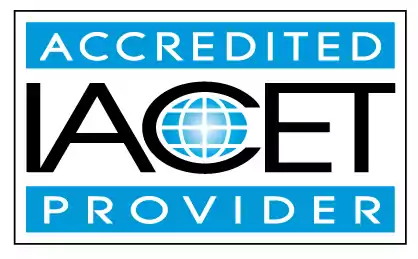Describe how to effectively respond to emergency situations
Learn how to effectively respond to emergency situations in early childhood education and child care centers. Discover what to do in the event of a loss of water, serious injury, or the unfortunate loss/death of a child. Our comprehensive guide provides step-by-step instructions and essential information to ensure the safety and well-being of children in emergency scenarios.Trainings incorporating this outcome
Proficiency Level
Price
2 hours courses
Related Outcomes
- Describe what and how to respond to the following emergency situations: loss of water, serious injury, loss/death of child, etc.
- Describe the types of emergency response and situations that warrant each response.
- Demonstrate understanding of the components of a plan to respond to emergency situations
- Describe ways to maintain communication and ensure preparedness during emergencies
- Demonstrate understanding of strategies in responding to typical child care situations: biting, hitting, etc.
- Describe the four styles of parenting and the effects they have on children.
- Give examples of strategies in responding to typical child care situations.
- Describe the importance of responding sensitively to differences in individual communication styles.
- Identify how to respond to accidents and emergencies in a family child care program
- Describe procedures for communication and preparation during an emergency.
- Describe ways to communicate effectively with others.
- Describe a sample observation of teaching staff and children to determine curriculum effectiveness
- Demonstrate an understanding of creating a successful block center by identifying the various types of blocks, describing an effective block center setup, and recognizing the various stages of block play.
- Define what is an emergency and the legal requirements for emergency preparedness for child care professionals.
- Describe additional provisions to the emergency preparedness plan
- Describe emerging literacy skills in young children.
- Describe the components of an emergency preparedness plan for child care facilities
- Describe the components of emergency preparedness in the child care setting.
- Describe ways to analyze classrooms for an anti-bias approach.
- Define active play in the early childhood classroom and describe its benefits for young children.
Related Articles
- The ABCs of First Aid: Airway, Breathing, and Circulation for Child Care Providers
- Common Childhood Emergencies and How to Handle Them: A First Aid Primer
- The Importance of Emergency and Disaster Preparedness Plans for Child Care Providers
- Save Lives With Skill: CPR Training
- Big feelings: Teaching Kids to Manage Difficult Emotions
- Fostering Positive Social Skills in Children: Tips for Childcare Providers
- Emergency Preparedness in Childcare: Creating and Practicing Safety Protocols
- Mini Medics: Teaching Preschoolers Basic First Aid and Safety Skills Through Play
- Every Childcare Provider Must Be Trained in Basic Health & Safety
- Emergency Preparedness Training Every Childcare Provider MUST Know
- Why Every Childcare Worker Needs This CPR & First Aid Training
- The Shocking Truth About Medication in Childcare
- CPR and First Aid Training for Child Care Providers: Essential Skills for Emergencies
- Why Every Parent and Educator Should Learn Adult, Child, and Infant CPR
- Basic Health and Safety Training: Essential Skills Every Preschool Teacher Needs
- Medical Administration Training for Childcare Staff: More Than Just a Requirement
- From Meds to Milestones: Why Medical Administration Training Is Crucial in Child Care Settings
- From Band-Aids to EpiPens: Medical Administration Training in ECE
- When Seconds Count: Mastering Emergency Preparedness
 0.2 CEUs
0.2 CEUs